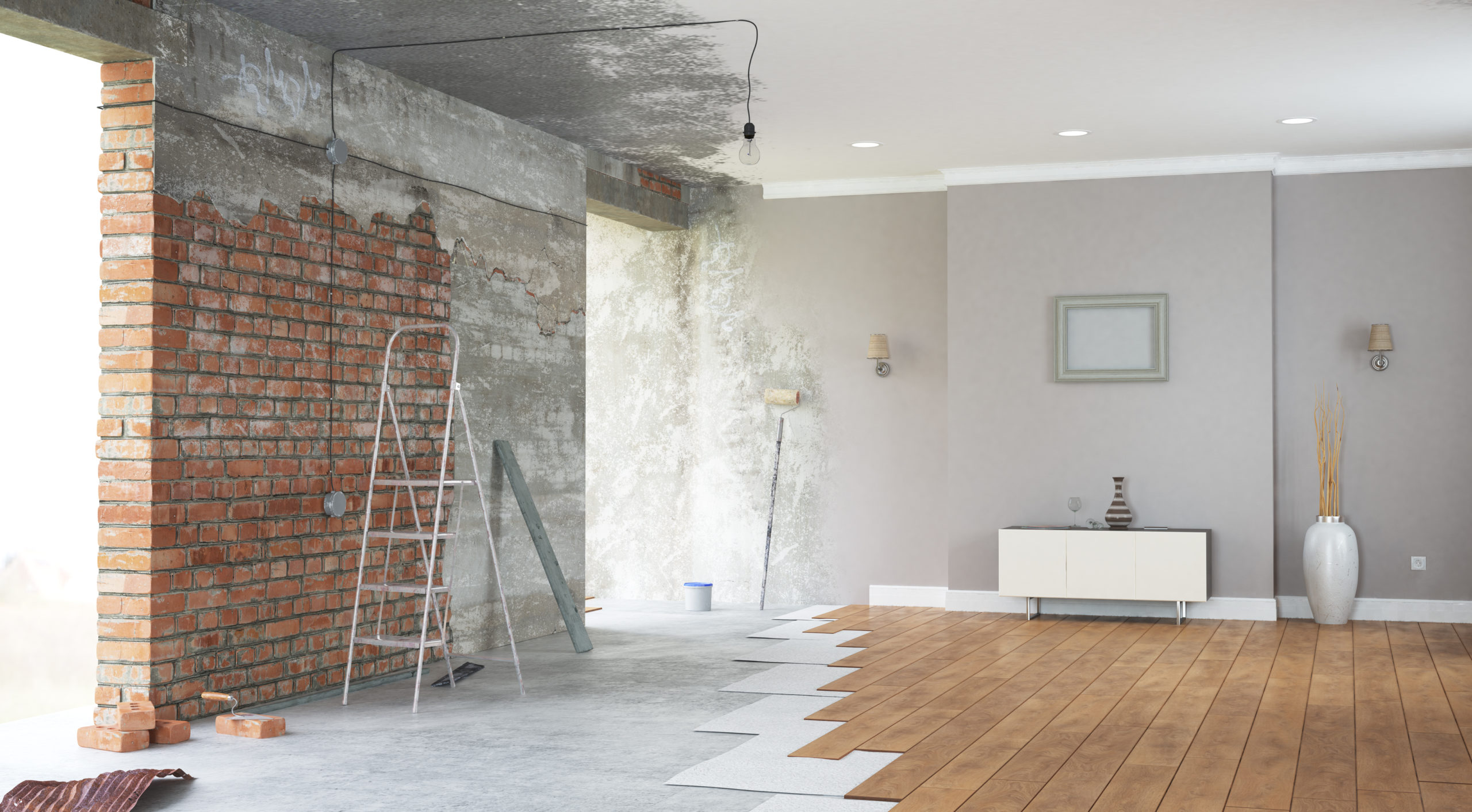
What would you say the number one goal of a house flipping project is? To earn maximum profit, right? You want a property that you can fix up and then sell. Earning maximum profit will depend on various factors, but that is why it is so vital to keep rehab costs as low as possible without sacrificing the quality of your project.
Aside from the property itself, the number one cost of your flipping project will be building materials (and labor if you are hiring contractors).
It’s essential to keep up with building material prices because they can fluctuate, and if you budget incorrectly, it can potentially burn a hole in your pocket. For example, prices of lumber and other building materials have skyrocketed since the start of the pandemic (the highest recorded price was at the end of 2021.) The rising costs of materials result from shortages and supply and demand, which has increased the costs of homes.
So what does it mean for flippers? It means that research and preparation are essential if you want to maintain maximum profits on your rehab project. Today, we will share common building materials that may be required for your home so you can budget more carefully and get the most out of your fix & flip property!
Building Materials
When flipping a property, it’s important to buy the necessary materials to renovate the home without breaking the bank. Focus on the materials you will need to keep up with the comp homes in your area. The most important thing is to have a budget and a plan. Compare rates at big box stores versus smaller stores for the best price on materials.
The building materials for each property will vary, but let’s keep things simple for the sake of this article. In general, a flipper can plan on buying some or all of these building materials:
- Paint
- Flooring
- Appliances
- Concrete
- Fencing
- Drywall
- Windows
- Hardware
- Wood (plywood, lumber, etc.)
- Brick (masonry)
- Tools
The use of the materials mentioned above is pretty standard, but it might be a good idea to break down materials that you will need for each room to get a better idea of your costs. Remember the goal is to make the property up to par with the comp homes, so if every home in the neighborhood has marble countertops in the kitchen, it is a good idea to spend the extra money to make sure the kitchen in your property also has marble countertops. Depending on the condition of the property, you may or may not need to replace everything in all rooms, but here is an overview or checklist of items you may have to replace:
- Living Room
- Flooring, Lighting Fixtures, Blinds, Walls/Ceiling (paint), Doors
- Bedrooms
- Flooring (carpet, hardwood floor, etc.), Blinds, Ceiling fans, Walls/Ceiling (paint), Baseboard, DoorsWindows
- Bathrooms
- Bathtub/ Shower, Faucet, Sink(s), Mirrors, Flooring (tile, hard floor, etc.), Light fixture, Fan/vent, Toilet, Door
- Basement/Attic
- Framing, Insulation, Electrical, Flooring, Door, Venting
- Interior Miscellaneous
- Staircase, Handrails, Washer/Dryer
- Kitchen
- Countertops, Flooring (tile, hardwood floor, etc.), Stove, Refrigerator, Dishwasher, Garbage Disposal, Cabinets, Backsplash, Faucets, Paint, Windows
- Dining Room
- Flooring, Light fixtures, Baseboards, Walls/Ceiling
- House Exterior
- Roof, Exterior Finish (panels, brick, etc.), Garage (door, opener, paint), Chimney, Gutters, Porch, Shingles, Patio, Gates/Fences, Lighting, Electrical, Yard (landscaping etc.)
Building Material Prices
As we mentioned, some building material prices have increased over the last few years, so how can you plan and budget if prices continue to fluctuate? The key is to start budgeting before you apply for a hard money loan; that way, you know roughly how much the entire project will cost. After you have a good idea of what materials you will need for your fix & flip project, call around to stores in your area and come up with an average cost for each major item to include in your budget. To save money on each item, consider buying from reuse centers or salvage materials stores to stay under budget.
The bottom line is that increased materials cost does not necessarily mean decreased profits. By doing your research, shopping smart, and borrowing from a trusted hard money lender (like HouseMax), you can still make a huge flippin’ profit!








